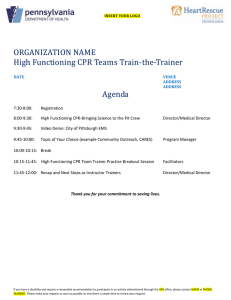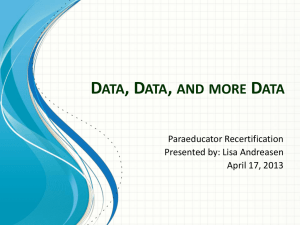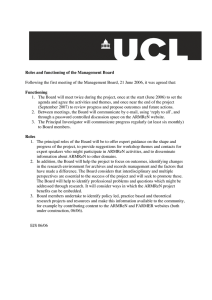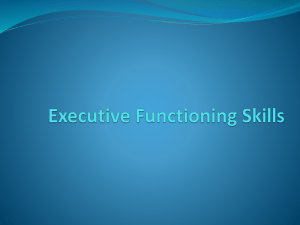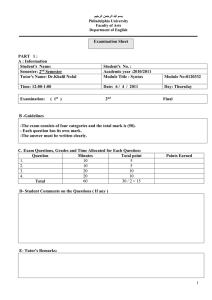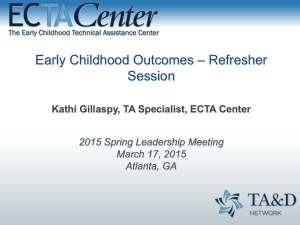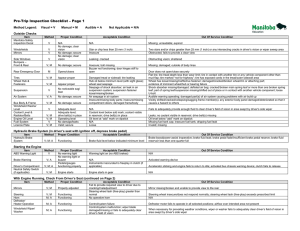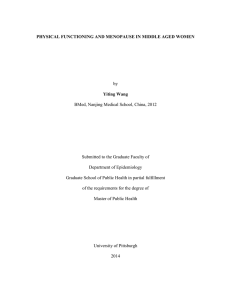Types of Assessments
advertisement
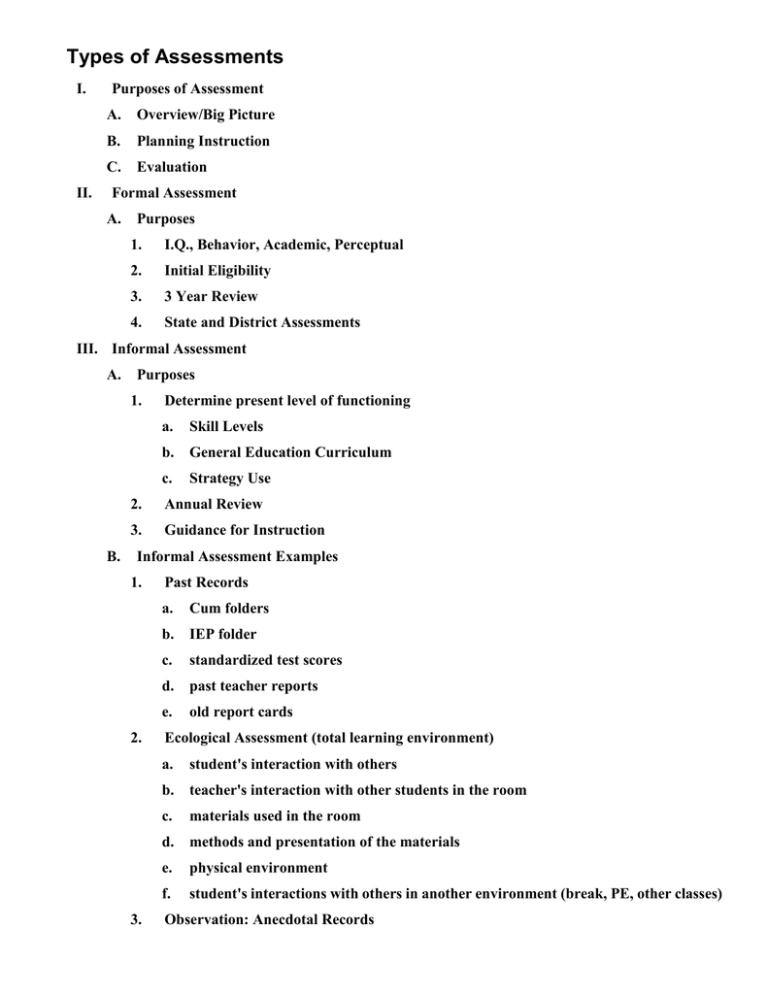
Types of Assessments I. II. Purposes of Assessment A. Overview/Big Picture B. Planning Instruction C. Evaluation Formal Assessment A. Purposes 1. I.Q., Behavior, Academic, Perceptual 2. Initial Eligibility 3. 3 Year Review 4. State and District Assessments III. Informal Assessment A. Purposes 1. B. Determine present level of functioning a. Skill Levels b. General Education Curriculum c. Strategy Use 2. Annual Review 3. Guidance for Instruction Informal Assessment Examples 1. 2. 3. Past Records a. Cum folders b. IEP folder c. standardized test scores d. past teacher reports e. old report cards Ecological Assessment (total learning environment) a. student's interaction with others b. teacher's interaction with other students in the room c. materials used in the room d. methods and presentation of the materials e. physical environment f. student's interactions with others in another environment (break, PE, other classes) Observation: Anecdotal Records 4. 5. 6. 7. 8. a. evaluate student's learning style b. look for patterns in student's behavior c. record the frequency in which skills are demonstrated d. validate other assessements e. data to support progress on goals and objectives Observation: Behavior a. antecedent, behavior, consequence b. event recording c. frequency counting d. interval recording e. duration recording f. intensity of behavior Interviews a. to determine motivation b. to uncover problems c. with students d. with past teachers e. with family and friends to provide different perspectives and information Skill Checklists a. constructed based on academic skill sequences b. core curriculum grade level expectations c. pretests d. should be updated at regular intervals to show rate of learning Task Analysis Probes a. involves breaking down a task into the smallest steps necessary to complete the task b. hierarchy of skills in academic work c. behavioral chains in daily skills d. probes/analysis of a specific skill or sub-skill Curriculum Based Assessments a. designed to determin the baseline or the current level of functioning based on the curriculum used in the classroom b. frequently based on core curriculum benchmarks c. can be used as a pre and post check for skill development, curriculum mastery, or progress towards goals 9. 10. d. can identify the beginning point for instruction e. will identify the discrepancies between student skills and curriculum expectations Work Samples a. shows actual functioning level in authentic tasks b. not intrusive c. can share either qualitative or quantitative needs Portfolios a. container that holds evidence of an indivdual's skills, ideas, interests, and accomplishments b. documents learning over time c. based on what a student can do d. enables teachers/family to assess student growth and progress IV. Putting it all Together A. Brings pieces of the puzzle together to give a more precise picture of the student B. Accurate and current assessment data leads to well written baseline statements or present level of functioning C. A rich description rather tha a stale portrait of standardized assessment

